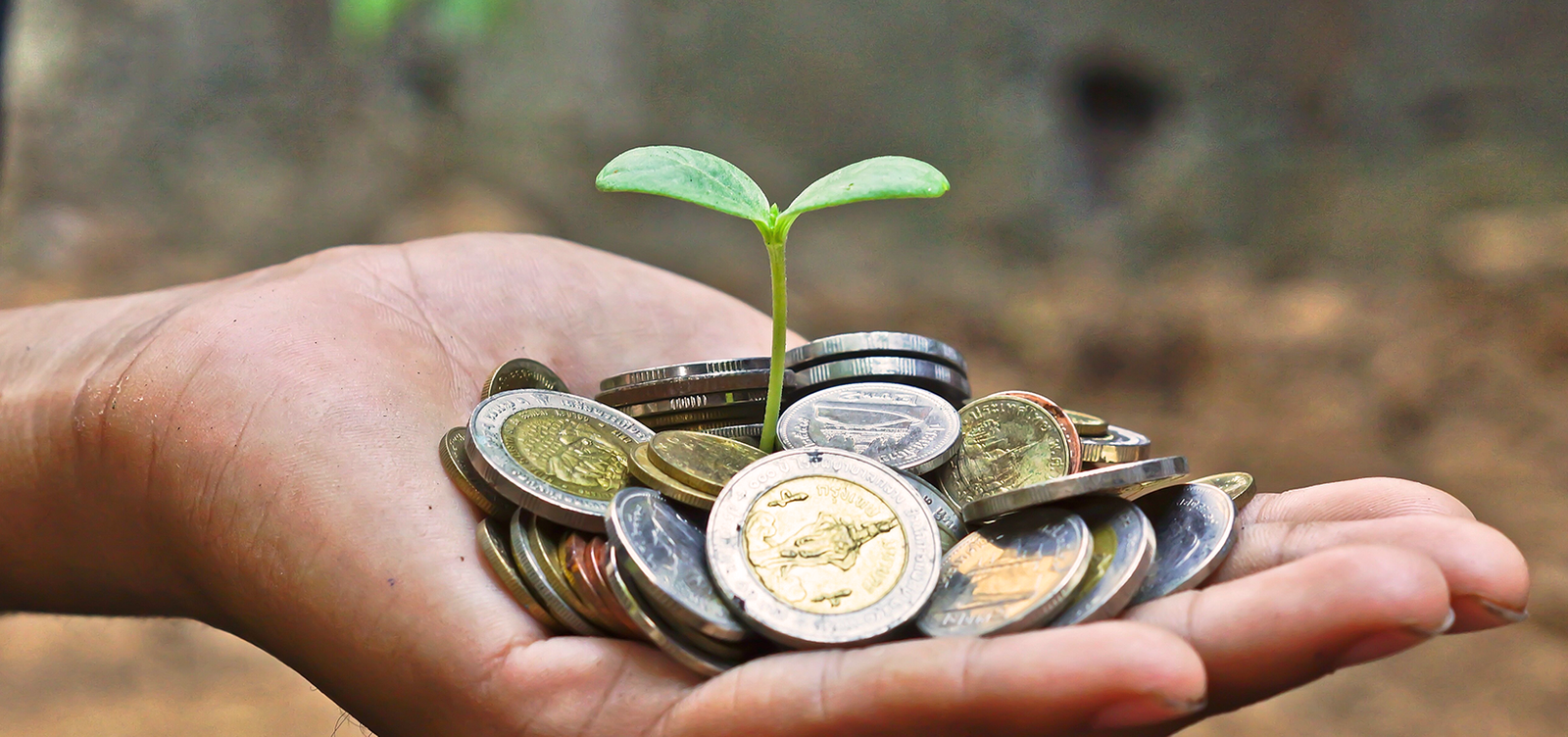
The world demands a new business posture. The expansion of the social iniquity and the scientific confirmation of the imminent collapse of natural resources, predicted a long time ago, put humanity at risk and have a bombastic effect on the corporations, creating a paradox. On the one hand, it takes time to mature a vision about these issues and consider them in the business models. On the other hand, there is urgency in accelerating the search for solutions that not only reduce the current impacts, but also build a foundation for a sustainable development. This transition requires a planning that takes into account the stage of each market segment and of each company. But there is no doubt that the review of concepts, positionings, values, attitudes and methods is urgent in order for companies to remain competitive.
For Georg Kell, executive director of the Global Pact of the United Nations, the integration of the market according to the principles of sustainable development benefits everyone, in the sense that it promotes, simultaneously, socioeconomic inclusion and business growth. For Kell, “the corporative responsibility continues to develop in conceptual and practical terms, and its moral validity is more and more proven by concrete examples”. This matter also concerns the involvement of the stakeholders with the companies. Incipient in a recent past, but intense and better structured today. Like never before, it is necessary to engage strategic publics in order to conquer a real reputation in the field of citizenship for the brand and to secure a perspective for the future of the business.
Communication is fundamental for sustainability, whether it is to spread new corporative cultures, to consolidate relationships with stakeholders or to obtain a positive perception of the consumers and of society. But its effectiveness establishes an ethic principle: to act before talking. This premise requires that the company build a loyal portrait of its performance, valuing the positive and negative impacts that it creates on its value chain. Only by doing this it will be able to know how to act and what to communicate. That fact is that the positioning of a brand, in the new worldwide scenario, depends on its attitudes.
An increasingly expressive number of companies is looking for associating itself to the principles of sustainability, believing that this will take them to the highest socioenvironmental standard. This posture fits very well the companies that have a history on corporative responsibility, that are really engaged in looking for more sustainable paths, conscious that the review of their business models is urgent. The rest of the companies need, before taking any action, to analyze and recognize their stage in relation to the sustainable practices, and to act, in a planned way, to develop them. Only by doing this they will have enough confidence to decide how they will communicate the evolution and the results of their processes, without damaging their image with more critical and well-informed stakeholders, with a higher power of exerting pressure, and without damaging their image with the general public, not less sensitive as to the consistency of the socioenvironmental promises of the brand. Creativity is not enough to guarantee the success of advertising campaigns on sustainable brands. It is necessary to secure the truth of the attitude that is advertised.
A good measure is to adopt internationally validated standards of communication, such as the Sustainability Reports of GRI – Global Reporting Initiative, which consolidates and reports all the environmental, social and economic indicators of the company in a single document, constituting a ballast for the brand attitudes. This report helps the organization to account for its sustainable performance, to improve its administration and to create a candid and productive dialogue with its stakeholders. These kinds of instruments guide the company to identify risks and opportunities – including for the reduction of costs –, prioritize actions, monitor processes and improve the management. In addition, they allow the positioning of the company among those transparent organizations, valued by the global investors, who find them more economically stable.
The adoption of tools like the one from GRI, however, is not enough to suffice for the socioenvironmental liabilities of a company. The first challenge is to obtain the general engagement of the organization’s hearts and minds, beginning with the upper management, which must guide and motivate the involvement of all as to this matter. Then, it is necessary to establish a conceptual alignment on sustainability, because areas and professionals of a same company certainly have different understandings and views on the subject. Finally, it is necessary to define roles and to plan the steps for a long journey. It is worth pointing out that the process demands a structured and intense effort of internal communication.
The practice of organizing the house brings a high reward. It allows the identification of the company’s effective level of achievement when it comes to sustainability, to guide the strategic decisions for its alignment to the business and to orchestrate the efforts that will lead to its evolution. This is what allows the wide disclosure of the sustainable attitudes of the brand, joining emotion and reason and creativity and the truth.